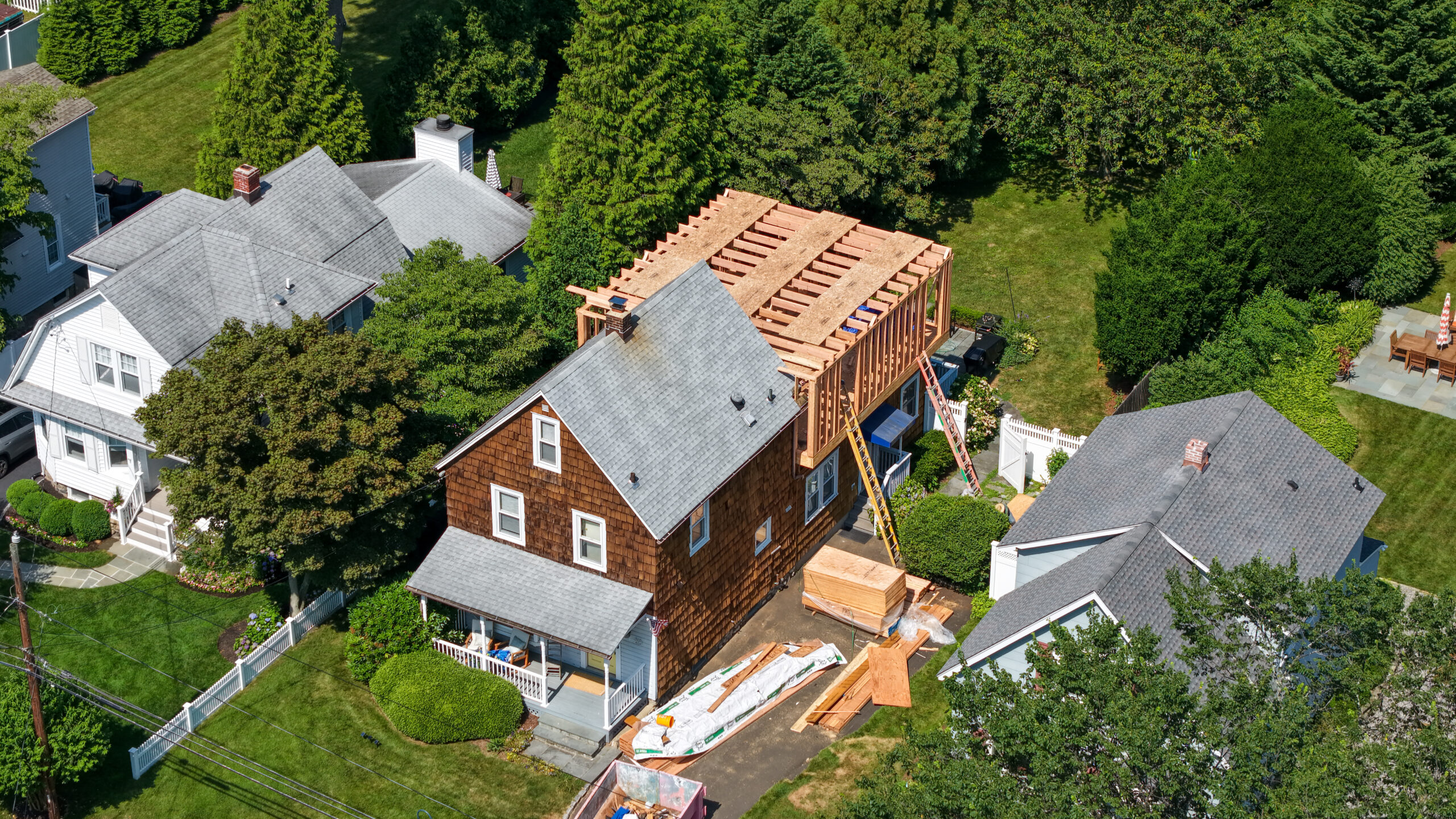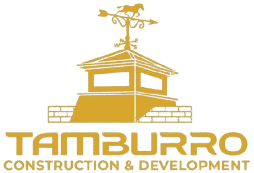
Living in a historic home means enjoying unique character and craftsmanship that modern construction rarely matches. But it also means dealing with outdated systems, inefficient layouts, and comfort issues. The key lies in updating your home thoughtfully while preserving what makes it special.
Understanding Historic Home Challenges
Common Issues in Older Homes Historic homes often have electrical systems that can’t handle modern demands, plumbing with outdated materials, and heating systems that create uneven temperatures. Windows may be single-pane, insulation might be minimal, and layouts often don’t match how families live today.
What Makes These Homes Special Original hardwood floors, detailed millwork, built-in cabinetry, and unique architectural features give historic homes their charm. High ceilings, solid construction, and quality materials from earlier eras often surpass modern alternatives.
Regulatory Considerations Many historic homes sit in designated districts with specific renovation requirements. These rules protect neighborhood character but add complexity to renovation planning.
Modernizing Systems Without Losing Character
Electrical Updates Modern families need power for computers, appliances, and lighting throughout their homes. Upgrading electrical systems requires careful planning to hide new wiring while maintaining original fixtures and architectural details.
Run new circuits through basements, attics, or interior walls when possible. Many historic light fixtures can be rewired to meet current codes while preserving their original appearance.
Plumbing Improvements Updating plumbing often means accessing walls and floors, which can damage original finishes. Strategic planning helps minimize disruption while improving water pressure and adding modern fixtures.
Consider keeping original plumbing locations when possible and using period-appropriate fixture styles that blend with your home’s character.
Heating and Cooling Solutions Historic homes rarely had central air conditioning, and original heating systems often provide uneven comfort. Modern HVAC systems can improve comfort dramatically when installed thoughtfully.
Ductwork can often run through basements or attics without affecting main living spaces. Mini-split systems provide efficient heating and cooling with minimal visual impact.
Preserving Original Features
Floors and Millwork Original hardwood floors and detailed trim work represent irreplaceable craftsmanship. Refinishing rather than replacing preserves character while updating appearance.
When original materials can’t be saved, source reclaimed materials or have custom millwork made to match existing profiles and proportions.
Windows and Doors Original windows often have beautiful proportions and details but poor energy efficiency. Consider restoration with new glass and weatherstripping before replacement.
If replacement becomes necessary, choose windows that match original proportions and styles. Modern technology can provide efficiency while maintaining historic appearance.
Smart Layout Updates
Opening Up Spaces Carefully Historic homes often have many small rooms that feel cramped by today’s standards. Removing walls can create better flow while preserving structural integrity and character.
Consult structural engineers before removing any walls. Some walls that appear non-structural actually support floors above or help with lateral stability.
Kitchen and Bathroom Modernization These spaces usually need complete updates for modern functionality. The key lies in choosing materials and layouts that complement your home’s period while providing contemporary convenience.
Period-appropriate tile, cabinet styles, and fixture finishes can bridge old and new successfully.
Material Selection Strategies
Matching Original Materials When repairing or extending original work, match materials as closely as possible. Salvage yards and specialty suppliers often carry period-appropriate materials.
Document original details with photos before starting work. This helps contractors match proportions, profiles, and installation methods.
Choosing Compatible New Materials When original materials aren’t practical, choose alternatives that complement rather than compete with existing finishes. Natural materials often blend better than synthetic alternatives.
Working with Regulations
Historic District Requirements Properties in historic districts often need approval for exterior changes and sometimes interior modifications. Understanding these requirements early prevents delays and redesign costs.
Contact your local historic preservation office before planning major changes. They can clarify what requires approval and suggest approaches that meet both your needs and preservation standards.
Building Code Compliance Bringing historic homes up to current building codes requires balancing safety with preservation. Experienced professionals understand how to achieve compliance while minimizing impact on historic features.
Some codes allow alternative approaches for historic properties that achieve safety goals without destroying character.
Planning Your Project
Professional Team Selection Choose architects and contractors experienced with historic properties. They understand unique challenges and can suggest solutions that preserve character while improving function.
Phased Approach Benefits Historic renovations often work best when completed in phases. This approach spreads costs over time and allows you to live in parts of your home during construction.
Budget Considerations Historic renovations often cost more than standard projects due to specialized materials, skilled labor requirements, and unexpected discoveries during construction.
Plan for contingencies and document conditions before starting work to avoid surprises.
Getting Started Right
Historic home renovation requires careful planning and experienced guidance. The wrong approach can destroy irreplaceable character while failing to achieve your comfort goals.
At Tamburro Construction, we understand the unique challenges of historic properties. Our experience with Fairfield County’s historic homes helps us balance preservation with modernization effectively.
Ready to enhance your historic home? Contact us at (203) 912-7218 or Lucian@Tamburroconstruction.com. We’ll assess your home’s character and develop a renovation plan that preserves what you love while adding the comfort you need.
The best historic renovations feel like they’ve always been part of the home. Let us help you achieve that seamless blend of old and new.
